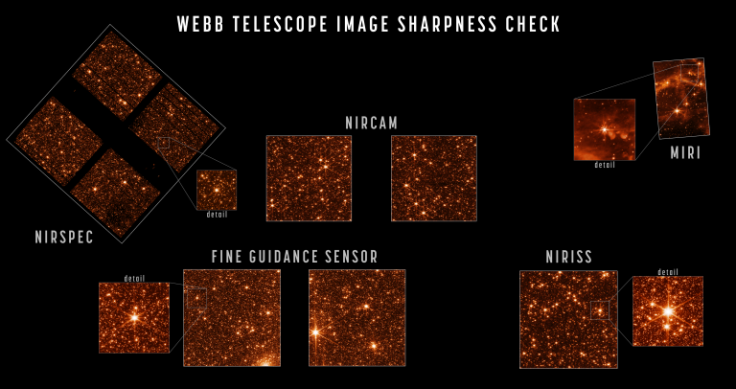The successor of the Hubble Space Telescope is now fully aligned and is awaiting instrument commissioning.
The National Aeronautics and Space Administration (NASA) recently announced that the James Webb Space Telescope alignment process is now complete and is capable of capturing one of if not the best space photos with each of its four onboard science instruments.
The space telescope was previously reported to be undergoing fine phasing in mid-March.
James Webb Space Telescope Alignment Details
NASA said in its blog post regarding the space telescope's status that the James Webb Space Telescope's alignment is complete upon the completion of the seventh and final stage of telescope alignment, which is the Telescope Alignment Over Instrument Fields of View and Iterate Alignment for Final Correction.
Upon the completion of the remaining two alignment steps, NASA's team responsible for the telescope fully agreed that the space telescope is ready to move forward to the final series of preparations to commission it as a space telescope.
This series of preparations, known to astronomers as science instrument commissioning, takes about two months before the space telescope can be used for scientific operations in the summer. These preparations involve configuring and operating the space telescope's highly sophisticated set of detectors in various combinations to fully confirm they are ready for scientific operations.
Despite the space telescope's alignment being complete, some telescope calibration activities are still needed to be done as part of scientific instrument commissioning.

The calibrations aside, the space telescope's full alignment is evidenced by the telescope's image sharpness check. The result of this check is still better than the engineering team's most optimistic predictions.
Webb's mirrors are now directing fully focused light collected from space into each of its instruments which successfully captures images with the light delivered. The image quality the James Webb Space Telescope provides is "diffraction-limited," meaning that the fineness of detail in an image taken by the telescope is as good as physically possible due to the telescope's size.
Lee Feinberg, Webb optical telescope manager at NASA's Goddard Space Flight Center, said that the test images demonstrate "what people across countries and continents can achieve when there is a bold scientific vision to explore the universe."
James Webb Space Telescope Facts
The James Webb Space Telescope, which is also known as JWST or simply Webb, is a large infrared telescope with a 6.5-meter primary mirror. This mirror is capable of detecting light from the earliest of stars and galaxies during their formation to the young stars in the Milky Way and Kuiper Belt objects, per NASA's James Webb Space Telescope page.
The telescope is set to be the successor of the Hubble Space Telescope, which has been in space for 32 years since its launch on April 24, 1990. Once the commissioning process is complete, the James Webb Space Telescope will replace Hubble as NASA's flagship space telescope.
Related Article : James Webb Space Telescope Reveals Phenomenal Image of Stars









